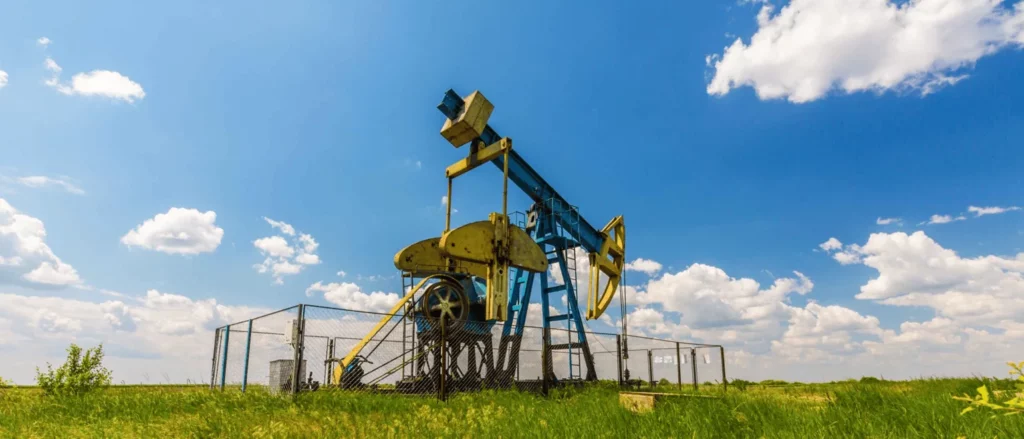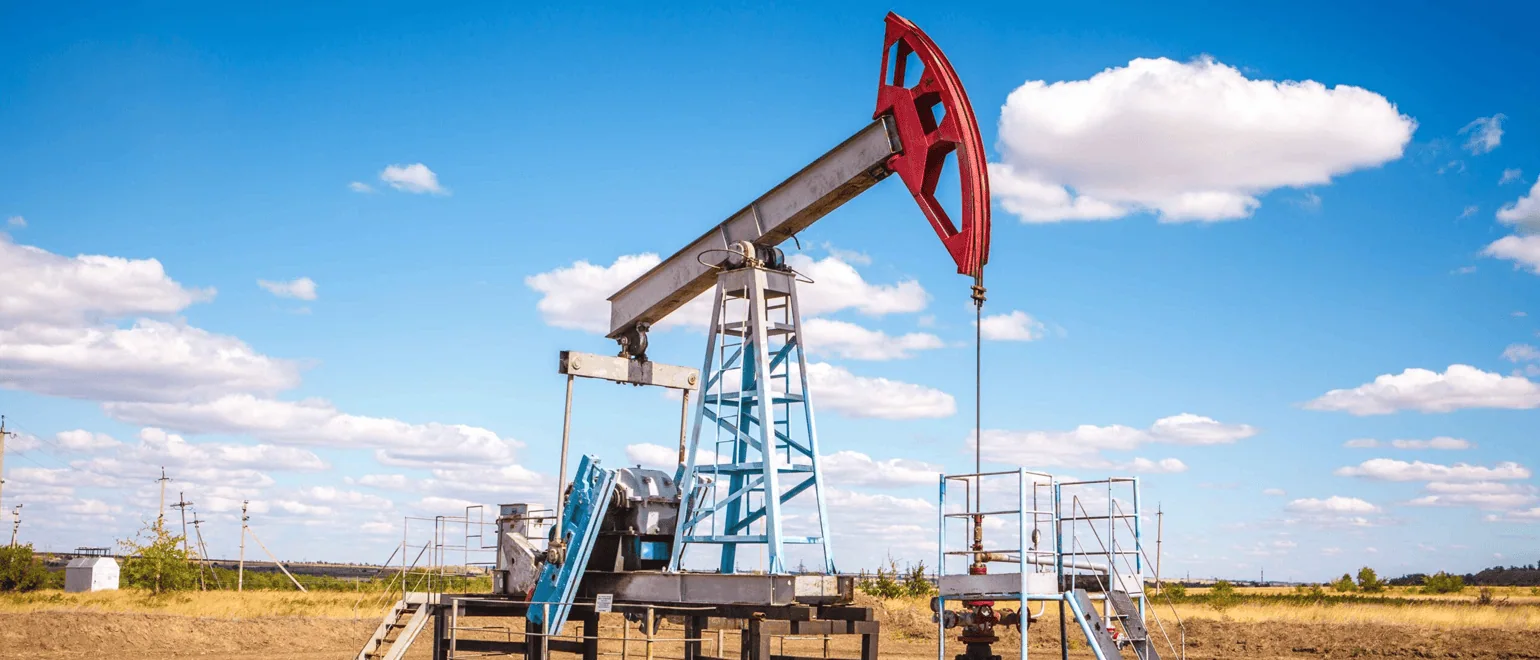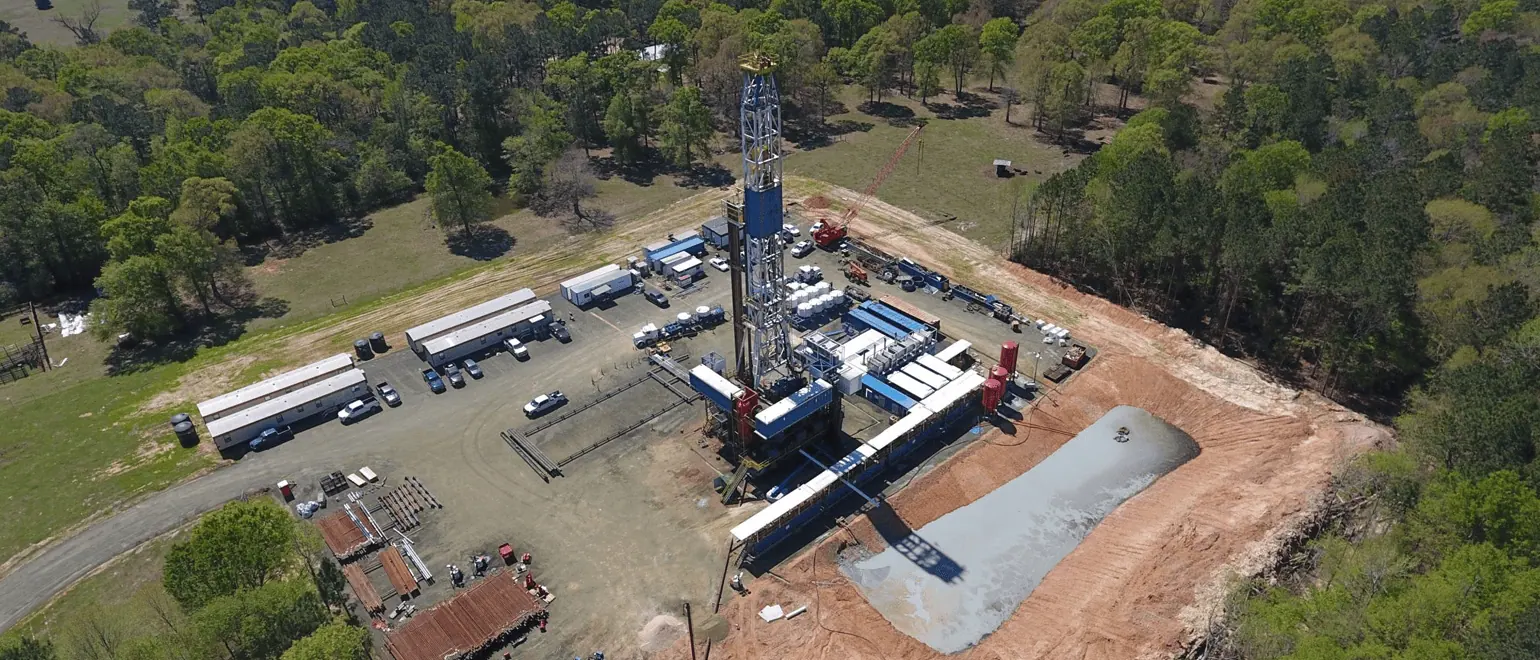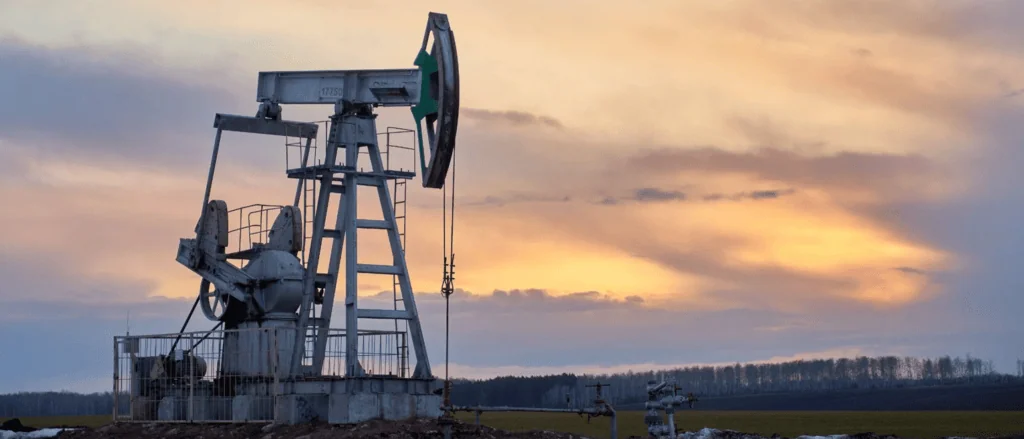
What Are Mineral Rights?
- Metals: Gold, silver, and copper.
- Fossil Fuels: Oil, natural gas, and coal.
- Other Resources: Stone, gravel, and gemstones.
When you purchase a piece of land, you might assume you own everything, from the soil to the sky. However, mineral rights can be separated from surface rights, meaning someone else could own the subsurface resources on your property. This process, called “severance,” is common in the United States, one of the few countries where individuals, not just governments, can own mineral rights.
How Can Mineral Rights Affect Property Owners?

- Property Value: Land with mineral rights often commands a higher price. Conversely, severed rights can reduce value.
- Financial Opportunities: If you own the rights and valuable resources are discovered, you could lease them to companies or extract them yourself for profit.
- Potential Conflicts: Ownership disputes or unexpected resource exploration can create legal and logistical challenges.
Do You Own the Mineral Rights to Your Property?

- Review Your Deed: Check your property deed or title. It will specify whether mineral rights are included or severed.
- Visit the County Clerk: Historical land records can reveal if and when mineral rights were separated.
- Hire a Landman: Professionals known as landmen specialize in mineral rights research, although their services can be costly.
Why Knowing Matters
If valuable minerals exist beneath your land, ownership of mineral rights can lead to substantial financial gains. Popular resources like oil, natural gas, and metals such as gold or copper command high market prices, making them a potential goldmine—literally and figuratively.
For instance, the U.S. boasts significant reserves of minerals in states like Texas, Alaska, Colorado, and Montana. If your property is located in a resource-rich area, owning mineral rights could provide opportunities for leasing, selling, or mining.
Exploring Opportunities with LandLeader

Understanding mineral rights is just one aspect of property ownership, but it’s a critical one. Whether you’re buying land or managing your existing property, having a trusted partner to navigate the complexities of land transactions is invaluable.
That’s where LandLeader comes in. As a leading land marketing platform, LandLeader specializes in connecting buyers and sellers of premium properties across the United States. Their network of experts can help you find land with mineral rights, evaluate opportunities, and ensure you make informed decisions about your investment.